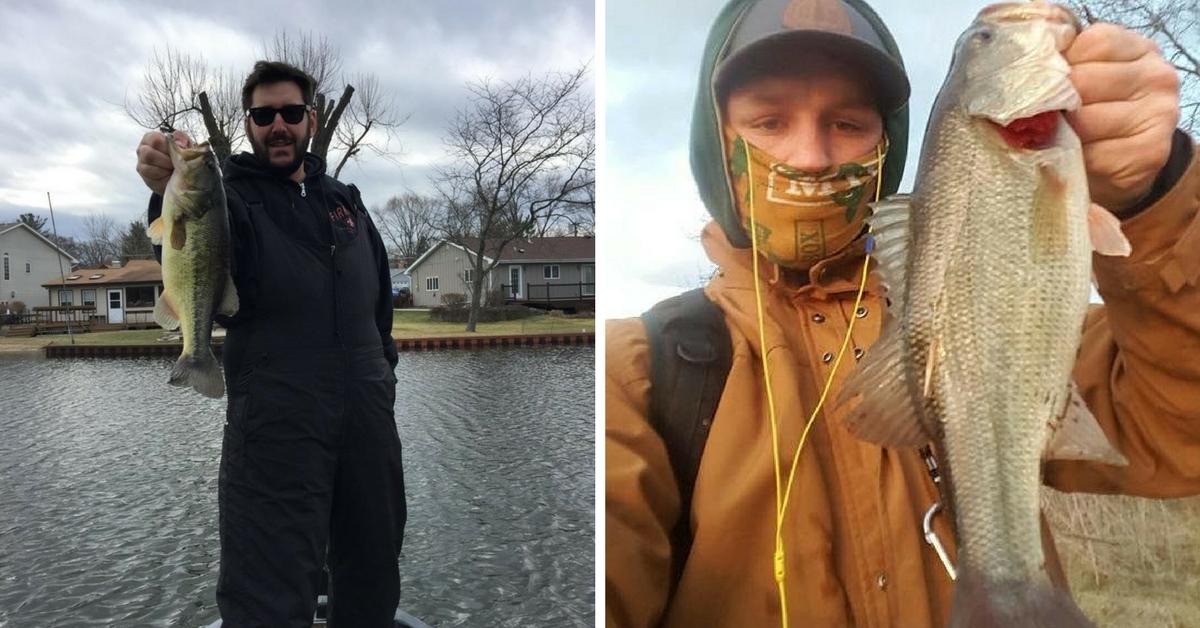How To Catch Bass During Spring Cold Fronts
The bass fishing has been great the first couple days of your spring break. You are catching bass on a variety of patterns and expectations are high for an excellent week of fishing.Then the weather changes that night as a cold front sweeps through the area and the temperature drops 20 degrees.To find out what causes these conditions, let's examine how cold fronts first form and occur.
Source: Quora
A weather front forms when air masses of different temperatures collide. A cold front is created when a cold air mass meets warm air and the heavier cold air drives the warmer air upward, causing a storm. Preceding a rapidly moving cold front will be a drop in barometric pressure, a squall line, and a roll of black, threatening clouds accompanied by violent storms. Following the squall line are heavy rains, then clearing and gusty winds from the west or northwest. The final stage of the cold front is clear, cool weather and a rising barometer, which can last a couple days or longer, depending on the severity of the front.Bass are cold-blooded creatures and when they are warming up to an optimum temperature in the spring, setbacks such as cold fronts makes them sluggish. Slowing down your presentation and down-sizing lures are important after an early spring cold snap. After the water has continually warmed up and cooled down later in the spring you can still catch fish during a cold front if you stick with a pattern that has been successful for you.Cold fronts in early spring tend to drive fish back to the deep, but some bass will remain relatively shallow despite the weather changes. If good cover is available bass will burrow into the thickest part of weeds and brush or cling to rocks. So you might have to flip your lure close to the cover and make multiple presentations to trigger a bite.Counting on shallow fish can be counterproductive though after a cold front in the early spring that drives several fish to suspend in the mid-depth range. A suspending stickbait retrieved at a snail’s pace is the best way to coax strikes then.A returning blast of winter might cool off that positive attitude you developed when the weather was warmer, but your confidence will rekindle when you start catching some of those lip-locked bass you encounter during cold fronts.
Updated March 4th, 2024 at 11:46 AM CT


